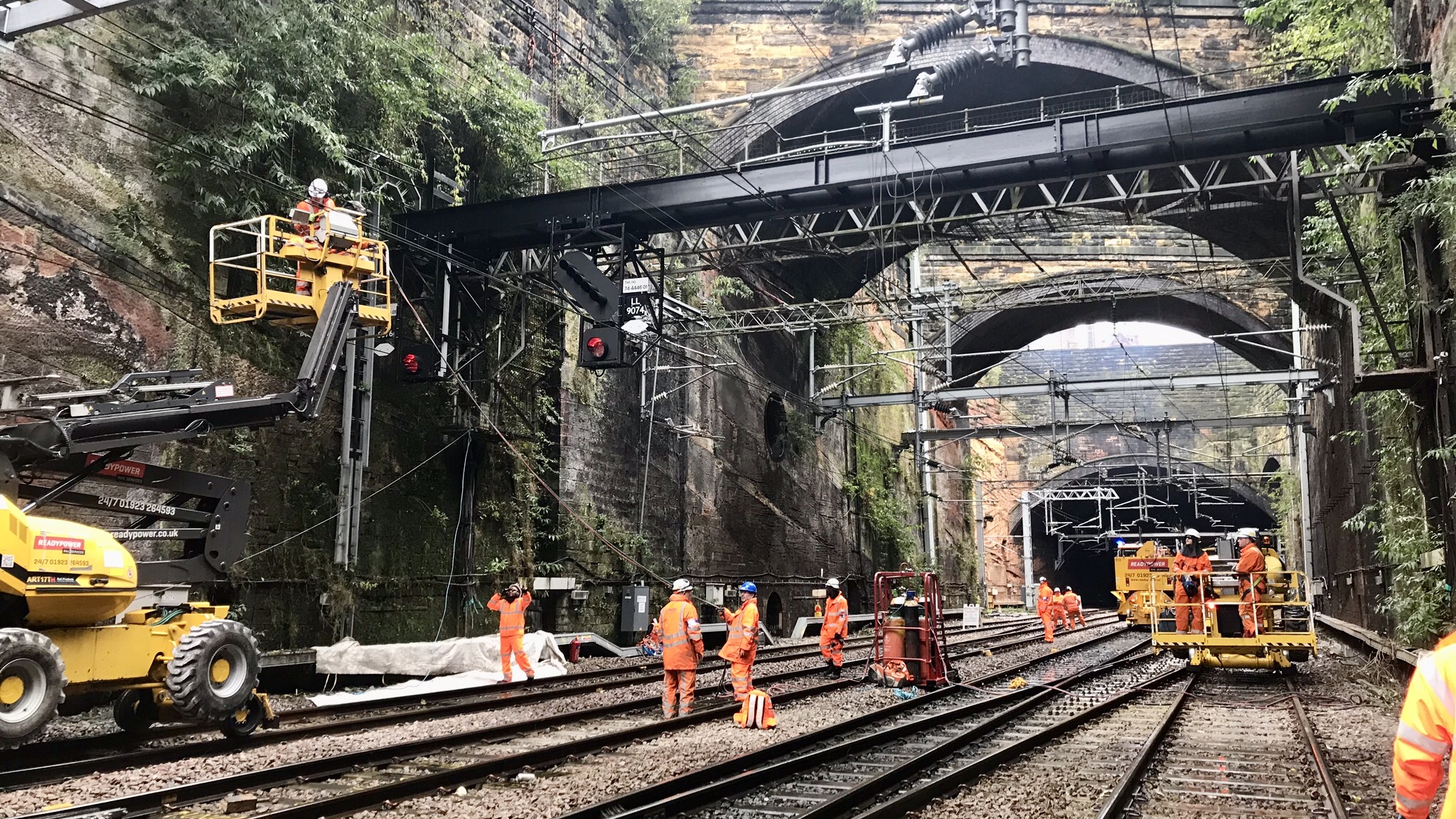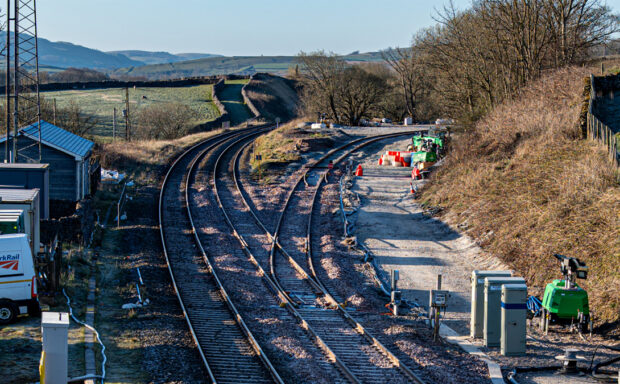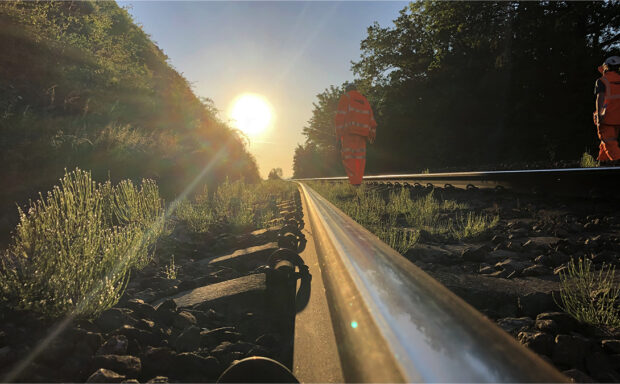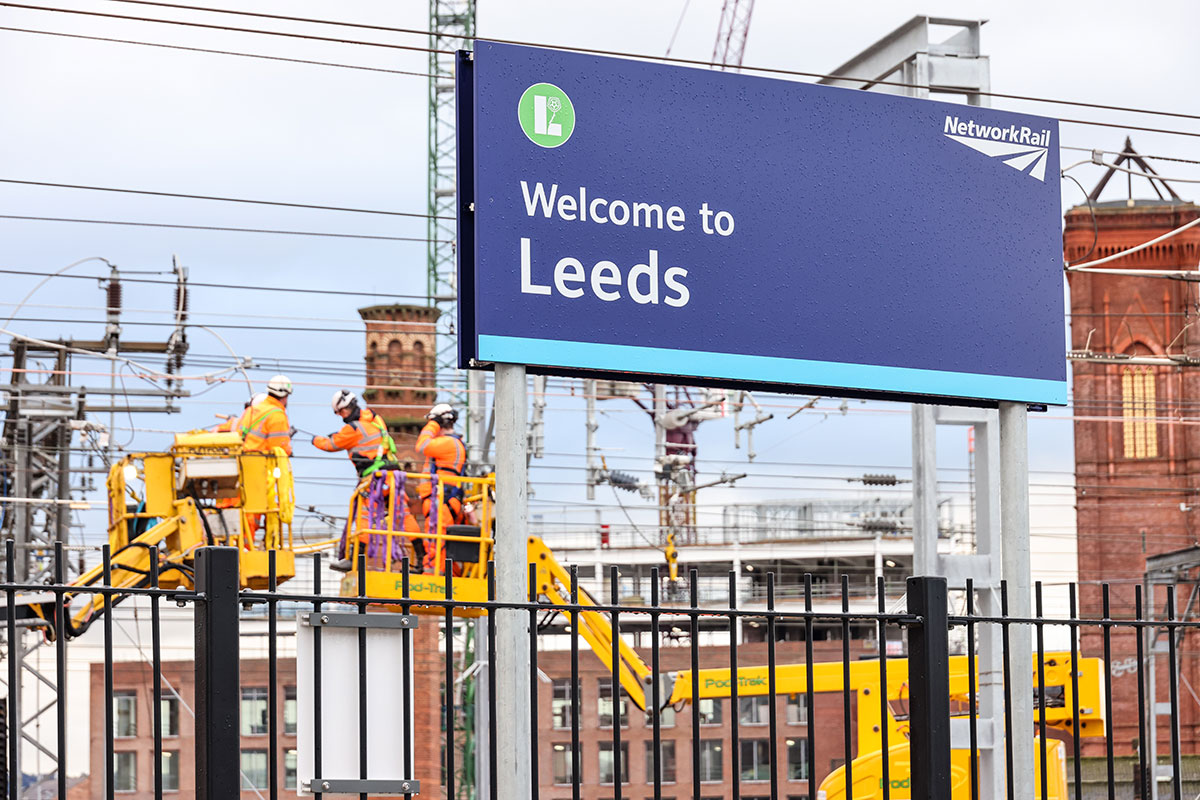Signalling is a vital part of the railway – trains wouldn’t be able to move safely without it.
These ‘traffic lights for the railway’ need routine maintenance to keep running and significant upgrades to improve reliability of services for passengers.
How are we upgrading our signalling system across Britain and how do improvements lead to a better railway?
We’re investing billions of pounds in signalling in the coming years. In fact, we’ve just awarded an estimated £2.4bn of framework contracts over our current five-year budgeting and planning period, which runs until 2024.
The aim is to:
- Improve reliability of our equipment
- Reduce delays for passengers and freight operators
- Increase capacity – the number of trains on the railway.
Watch this video to find out what a signalling system comprises:
What are we doing?
We’re modernising our signalling system all over the country. It’s a big task – we have about 40,000 signals across Britain and many of them need bringing up to date. Some of it is very old – this month on the Wherry lines in Anglia, we worked to switch on a new, modern signalling system to replace Victorian mechanical signals:
Gallery: a traditional semaphore signal at Brundall in Norfolk, a signaller at historic working signal box Severn Bridge Junction and Maidstone West signal box
Furthermore, the complexities of moving trains around such a large network, keeping them safely apart, and allowing for their long stopping distances, means the signalling system is very complicated and comprises a great many parts.
The signals themselves are the lineside pieces of equipment that tell train drivers when it is safe to proceed and what route their train will take.
The broader signalling system also includes systems for determining the position of trains, controlling the railway and operating the timetable, and points that control the directions trains take. Other systems determine what movements are safe and train protection systems guard against mistakes by drivers.
How are we doing it?
Our teams are updating signalling equipment across the railway but one of our biggest initiatives to update the system and make it more reliable is to transfer local signalling to centralised, state-of-the-art signalling centres.
These Rail Operating Centres (ROCs) can control much larger areas than traditional signalling, leading to much greater resilience because signallers can rapidly respond to disruption and route trains faster to minimise delays:
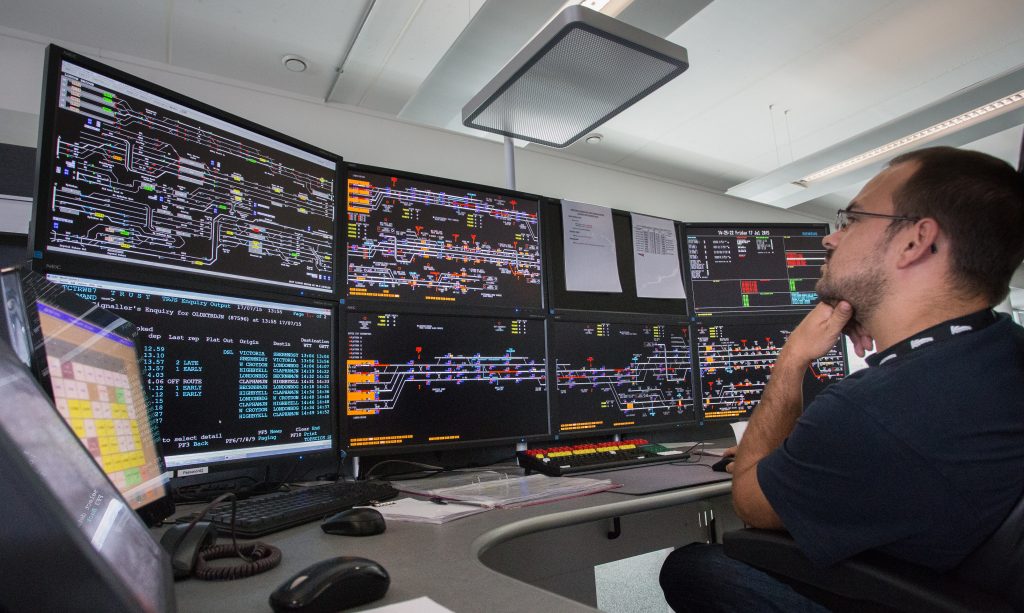
In January, we continued work to upgrade the signalling near London King’s Cross station as part of a broader £1.2bn investment in the London North Eastern route. We moved a section of the signalling system to York ROC.
In November, we carried out more signalling improvements in Liverpool, moving controls for Edge Hill railway station to Manchester ROC as part of the Great North Rail Project. Edge Hill was one of the final areas in the Liverpool area to be added to Manchester ROC.
Biggest ever signalling upgrade
In Bristol last year, we carried out the final work for Britain’s biggest ever signalling upgrade, boosting capacity in the Bristol and Bath area.
Bristol Area Signalling Renewals and Enhancements (BASRE) is leading to more seats for passengers, improved reliability, and faster and more frequent services – including nearly twice as many between Bristol and London.
The six-year project involved disconnecting and removing old equipment from the 1960s and 1970s and transferring signalling to one of the largest and most advanced signalling centres in the country.
We have also installing bi-directional signalling near Bristol Parkway. The crucial technology will give us the flexibility for trains to run in both directions on the same piece of track, creating more capacity.

It’s all linked to a string of upgrades for the Bristol and Bath area to create more capacity now and in the future, and to improve the train travelling experience.
Read more:
Britain’s biggest ever signalling upgrade – five things we’ve delivered for Bristol
